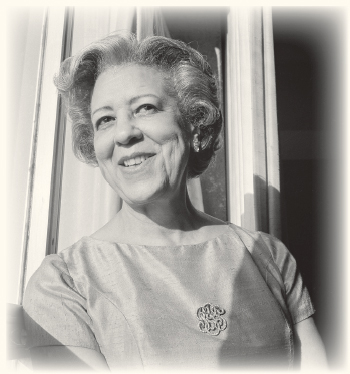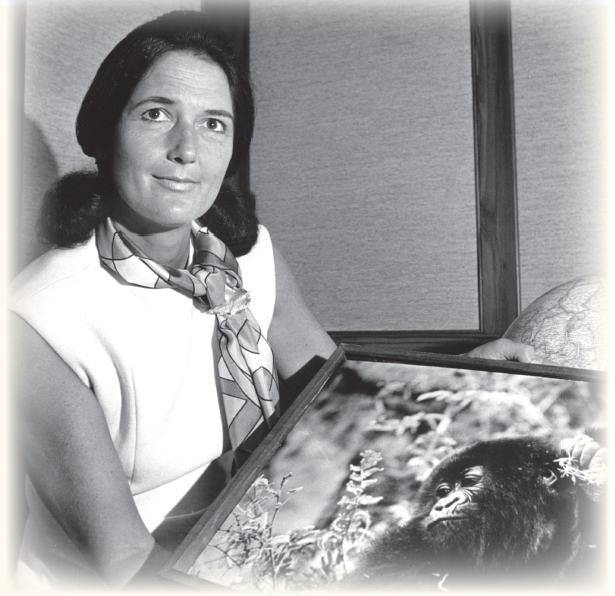

Muriel Siebert is the first woman to own a seat on the New York Stock Exchange (NYSE); today Muriel Siebert and Co. is the only woman-owned NYSE brokerage firm with a national presence. Siebert says: “Know the more that you succeed, the more you will be challenged. Many think that the biggest battle I had to fight was to buy my seat on the New York Stock Exchange. Yes, that was a battle, but that only got me into the game.”

K. Switzer secretly enters the Boston Marathon. When an official realizes that “K.” stands for Kathrine, he tries to tear off her number, but she avoids him and finishes the race. She says: “I decided to use this experience to insure that other women who wanted to run would not be subjected to the same treatment. I became an organizer and an outspoken proponent for women’s physical capability…. I felt the most important thing I could do for women was to create the forum for their acceptance in sports.”

Activist Mary Sinclair starts a long campaign of protest against the construction of nuclear power plants. Later, she also helps to develop creative solutions to environmental waste when she joins a number of others with diverse points of view, including Dow Chemical, through the National Resources Defense Council.

Activist Helen Claytor becomes the first black president of the national YWCA.

Ida Rolf is recognized as the founder of the field of structural integration, a massage and realignment methodology that teaches trained therapists to reshape the body’s connective tissue, resulting in better health and overall energy.

Primatologist Dian Fossey goes to Rwanda to study mountain gorillas. She spends most of her professional career with the gorilla families she studies.
President Lyndon Baines Johnson signs Executive Order 11375, extending Executive Order 11246 to include gender as a protected category. This now requires that affirmative action be taken on behalf of women as well as minorities so that hiring is in line with gender proportions as well as racial proportions in the relevant labor pools.